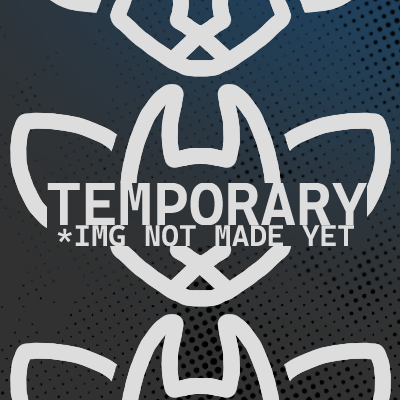Biology
One of the other distinguishing features of bolidae are their biology. They do not age nor are born like normal mammals, as well as having abilities unique to each individual.
There may be a few gore or body horror CWs from here on out. Bolidae do not inherently need to have horror or gore elements to their design, but such elements are built into their biology and will be shown and explained here.
Lifecycle

As you can see, bolidae have a relatively brief fetal, baby, child, and teenage stage. So much so, that it’s grouped together as one “Early Development” stage. They typically only become conscious after this stage, and can begin to examine their environment from their incubation tube.
As they fully mature, they can at some point be released from incubation as a fully independent creature. There are no signs of aging in bolidae, no wrinkles or gray hairs.
They do, however, die eventually. At some point in their life, which varies wildly depending on the individual, their body begins to decompose, rot, or generally fall apart and fail while still alive. When the bolidae themself actually die during this process depends once again on the individual and their strengths/health.
(Gore CW this paragraph) For example, some may continue to live as their skin rots off, and their skeleton is revealed. Ones that are made to survive without the use of some organs could stay alive even longer. However, some weaker bolidae will perish just as the rotting begins, before it even shows symptoms, perhaps they had started rotting from the inside rather than outside, affecting their brain or heart right away, or maybe they simply died from shock to the body from this process beginning. (CW done)
This process is hard to predict because of these wildly different possibilities. The lifespans of bolidae can range anywhere from just days to hundreds of years.
Mutations
Like mentioned when designing a bolidae, they can have more or less limbs, or even a zombie-like appearance, these are usually considered mutations. Any major change to a bolidae’s base appearance that affects their functionality or how they live, are classified as mutations.
Here is an example of a bolidae with no mutations, compared to a highly mutated bolidae:


Mutations canonically aren’t that common, just as real-world mutations are. But when designing a bolidae, I typically include mutations very often, and thus I consider them to be a core part of their designs. What someone wants to consider a mutation or just a feature, is completely up to them when it comes to their design, and technically only affects the bolidae’s story or description.
Abilities
A unique trait of bolidae is that they are created with unique abilities in mind for every individual.
Think like a mild superpower, or like how there are venomous snakes or poisonous frogs. These abilities are rooted in their biology and intellect, not magic or the supernatural. So while the biology can be nearly impossible, like having transparent fur or spontaneously combusting into flames, they cannot conjure spells, have telekinesis, or magically fly. A handful of bolidae are also likely to have no ability, or a very simple one, like increased intelligence or strength.
Here are some examples of more creative abilities for bolidae I’ve thought up:
- Polymer was made to be indestructible, it cannot die and can be healed/regenerated regardless of injury.
- Gasoline, who is incredibly flammable but is not harmed by it, may also be prone to spontaneous combustion.
- Chloroform, who's fluffy fur is poisonous and knocks out anyone who ingests or inhales it.
- Chloride, an aquatic-themed bolidae who has gills to breathe underwater, and fin-like membranes on his back and paws to aid with swimming.
The bolidae’s design is typically made with their ability in mind, and is made to compliment or represent it. This is not required, but simply a good way to get inspiration for their design.